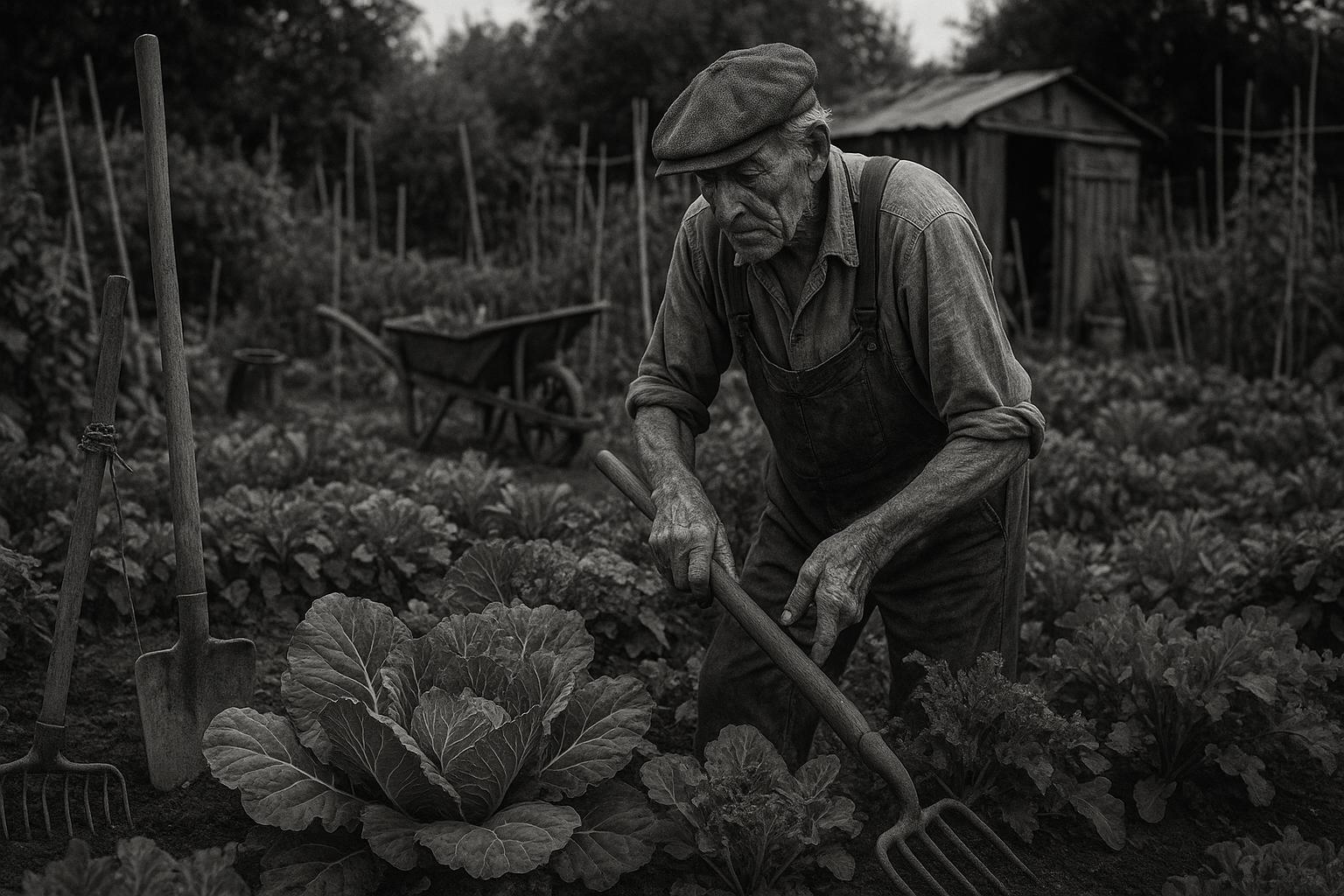Allotments have a rich history rooted in social reform and community resilience, originally designed to provide the landless poor of 18th-century Britain with a measure of dignity, sustenance, and respite from the harsh demands of agricultural and industrial labour. Facing the loss of common lands through the enclosure movement, allotments emerged as a critical safeguard for the rural poor, offering them parcels of land where they could grow food. Legislative milestones, including the General Enclosure Act of 1845 and the Small Holdings and Allotments Acts of the early 20th century, shaped their development, ensuring allotments remained manageable in size and accessible to those most in need. These laws also facilitated a wider spread of allotment culture, particularly during the World Wars when self-sufficiency in food production became a national imperative.
In contemporary times, the significance of allotments extends beyond mere sustenance. While modern society benefits from convenience and relative food abundance, challenges such as rising obesity rates, diabetes, mental health issues, food supply vulnerabilities exemplified by crises like the tomato shortage in early 2023, and the overarching pressures of climate change have reignited interest in growing one's own food. One individual’s account of taking on an allotment during the war in Ukraine reveals both the difficulty and the profound rewards of this endeavour. Despite the unpredictability of growing conditions and the persistence of pests, the experience was marked by moments of sweetness and learning—a connection to nature and ancestral knowledge often lost in urban and industrial life. Working alongside her children, this allotment holder highlights how such personal failures and successes contribute to a deeper understanding of sustainable living and form an antidote to the convenience-focused but less climate-friendly habits of modern life.
Community allotments also offer a supportive environment for people finding their green-fingered abilities uneven or uncertain. Those who struggle with the demands of a private plot may find solace and joy in community gardens, where the collective effort reduces pressure and fosters companionship. This sense of collective endeavour helps erase any personal gardening shame while enhancing social wellbeing. Meanwhile, local associations remain aware of the challenges allotment holders face, offering flexibility through plot size adjustments to ensure that engagement with gardening remains manageable and enjoyable. Simple crops such as peas, parsnips, tomatoes, and runner beans are touted as accessible for all ages, reinforcing the idea that tending an allotment need not be a daunting or exclusive pursuit.
Beyond individual and communal benefits, allotments stand as a symbol of resilience and hope in the face of environmental and social challenges. They provide an oasis of tranquillity and health, even within the most urbanised landscapes, promoting both physical exercise and the consumption of fresh, homegrown produce. Although the romantic notion of effortless gardening rarely aligns with reality, the ongoing commitment of allotment holders contributes to a multifaceted response against food insecurity, climate change, and mental health decline. As urban and rural spaces continue to evolve, allotments reaffirm an important connection between people, land, and food that transcends mere tradition, becoming a practical and joyous part of a sustainable future.
📌 Reference Map:
- Paragraph 1 – [1], [2], [3], [4], [5], [6]
- Paragraph 2 – [1], [7]
- Paragraph 3 – [1], [7]
- Paragraph 4 – [1], [7]
Source: Noah Wire Services
